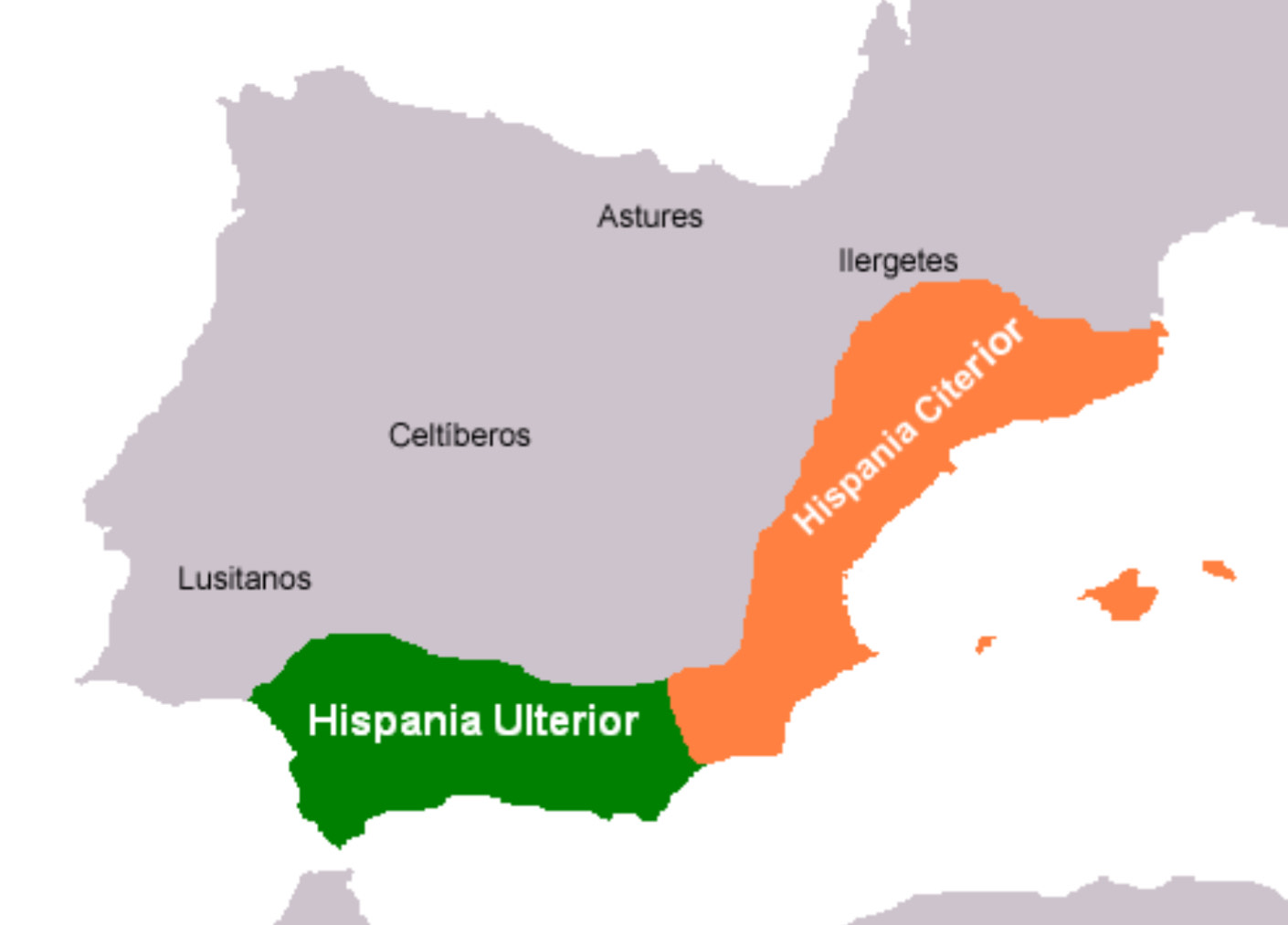Report by Prashasti Kulkarni
The archaeologists at the Polytechnic University of Madrid have discovered the ruins of a Celtiberian city that is more than 2,000 years old – located in Soria, a city in the state of Deja, Spain.

Image Credit: Pérez, E.S., Alcalde, V.A., Álvarez, A.A.A. et al. A quarry for the construction of a Roman camp next to the Celtiberian city of Deza during the Sertorian Wars (Soria, Spain). Archaeol Anthropol Sci 15, 39 (2023). https://doi.org/10.1007/s12520-023-01736-1
Celtiberians formed a tribal group that lived in this area a long time ago. During 195 BC, Romans captured a part of Celtiberia, and by 72 BC, all of Celtibera was under the Roman province called Hispania Citerior.

The archaeologists believe the excavated city to be the lost city of Titiakos, which posed as a sort of safe place during the Sertorian War between the Sullans (the government of Rome back then) and the Sertorians (the people who rebelled against the government). This war took place from 80 to 72 BC, getting its name from Quintus Sertorius, a Roman mercenary and statesman who led the rebelling group (the Sertorians).
Another interesting discovery made during these excavations was a limestone quarry, which is a sort of large pit from which materials can be extracted (in this case, the material is limestone). This quarry served as a disguise to the city, which explains why it took so long for archaeologists to uncover traces of it.
A very important feature of the stronghold (a safe place – referring to the Celtiberian City) was a Roman army camp, which was built to protect the city during the Sertorian War. According to the archaeologists, this is evident due to the warlike items found at the remains of the camp.
Further purposes of the camp and the quarry are still being investigated, by studying the battlefield of the Sertorian War as well as the remains all around the newly dug Celtiberian City.
Featured Image (map of Hispania Celterior and Ulterior: Wikipedia)

